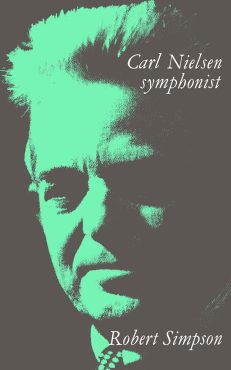Description
This second edition of Esther Salaman’s acclaimed book comes with added ideas and exercises. The message though is still the same: singing at all stages and the personality behind the voice – the aspirations, fears and courage we need to explore our invisible instrument. The book covers every aspect of voice production and the author’s appreciation of the Bel Cantists underlies all her work. She gives a detailed plan for vocal health, as well as technical exercises in the form of musical examples. Singers of all ages, teachers and choir trainers will find it immensely helpful. The book included an analysis of Schubert’s An die Musik.
Contents
Preface to the Second Edition
Foreword by Mark Elder
Prelude
Unlocking Your Voice
The Start of the Note and Vowel Centering
Freedom and Agility
Vibrazione – Vibrancy
Messa di Voce – Expression: Dynamics
Resonance
‘Covering the Sound’ and Registers
Your Daily Voice Limbering
Vowels and Consonants
The Wish to Sing
Tension and Performance
Voice Strain and Other Hazards
The Pleasures and Perils of the Singing Profession
Side Tracks and Deception
Teachers and Students
More About Bel Canto
Choir Trainers
Finale
Appendix: Analysis of Schubert’s An die Musik
About the Author
Esther Salaman was an inspired teacher of singing and of singers. She confessed to having been ‘a singer in constant technical difficulty – only resolved in later life’.
These problems and their resolution were the key to her success as a teacher. Having studied at the Royal Academy of Music, she toured internationally as a professional mezzo-soprano. She became a consultant to the National Opera Studio, the English National Opera, and a visiting professor at Trinity College of Music and Guildhall School of Music and Drama. She ran masterclasses at the Dartington and Marlborough summer schools and worked with such outstanding artists as Willard White, Ian Bostridge and Dennis O’Neill.
Reviews
I have quoted you, together with my own interpretation of your ideas, to many young and bewildered singers who have happily responded. You make statement after statement which please and flatter my own comprehension of the art of singing. I hope that you have lots of readers who heed your words.
Dame Joan Sutherland
Esther Salaman encapsulates very pithily the basis of her teaching methods, and I feel sure this book will be welcomed, by singers and teachers alike for its directness and sound common-sense.
Sir Mark Elder










